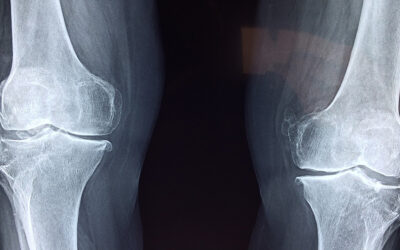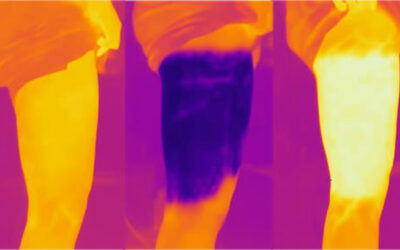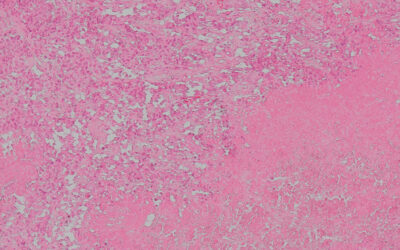 Biomimetic Approaches for Biomaterials Development
Biomimetic Approaches for Biomaterials Development
Joao F. Mano (Editor)
ISBN: 978-3-527-32916-8
Hardcover
606 pages
US $200.00
Click here for more information
Reviewed by Houman Savoji and Michael R. Wertheimer, École Polytechnique de Montréal
“Biomimetic Approaches for Biomaterials Development”, edited by Joao F. Mano, Professor at the University of Minho, Portugal, is a high-level handbook published by Wiley-VCH (Weinheim, Germany), destined for a target audience of professional researchers. Another Wiley (New York, USA) book from the same year, 2012, “Biomimetic, Bioresponsive, and Bioactive Materials” (M. Santin and G. J. Phillips, Eds., 248 pages) bears a deceptively similar title, but is, in fact, quite distinct: while the latter is a textbook for advanced graduate students, Mano’s handbook has more than twice as many (573) pages. Another title in the field of biomimetics and biomaterials, “Biomimetic and Bioinspired Nanomaterials“, edited by Challa Kumar and published 2010 by Wiley-VCH in the 12-volume series “Nanomaterials for the Life Sciences” does not specifically address biomimetics, but rather nanomaterials, and this particular volume is obviously different in scope from Joao Mano’s book in that it deals mainly with the “nano” aspects of biomimetic materials.
The term “biomaterial” may be defined as “any matter, surface, or construct that interacts with biological systems” (source: Wikipedia). As witnessed, for example, by the series of monographs referenced above, the biomaterials field, now roughly 50 years old, has been expanding at an ever-increasing rate, academically, technologically, and in its socio-economic impact. Indeed, it now represents a truly multi-disciplinary field of endeavour, one that spans well-known traditional disciplines like materials science and engineering, biology, medicine, chemistry, physics, and several others. Biomimetics, a more recent sub-field of biomaterials, uses Nature as a model to solve real problems.
Metals, ceramics, and synthetic polymers have been adapted for clinical needs, for example in implantable medical devices, since the earliest beginnings of biomaterials technology many years ago. The global biomaterials industry, worth nearly 40 billion USD in 2011, is expected to more than double to 84 billion USD by 2017. However, advances in fundamental understanding in the life sciences, for instance in regenerative medicine, require radically new perspectives in dealing with materials. Nature provides a broad variety of materials with various functions which may serve as a source of bio-inspiration for the materials scientist and technologist. Nature-inspired (“biomimetic”) materials are therefore now being implemented as the latest generations of biomaterials, in order to help overcome shortcomings of their conventional counterparts listed above. The new biomimetic materials can possess vastly superior structural, mechanical and biofunctional characteristics, far preferable in tissue engineering and medical devices that enable regenerative tissue formation. Other important uses exist in ex-vivo applications, for example as substrates for cell- and tissue culture.
The stated objective of Mano’s handbook is to demonstrate that nature-inspired ideas can provide nonconventional, innovative methods for developing biomaterials and medical devices, and to introduce ground-breaking applications of biomimetic materials as an alternative to conventional ones. This cutting-edge book describes the current state of research and development in the field; applications range from novel medical devices to new methods for delivering bio-active molecules and drugs, as described in more detail below. It provides an outstanding inventory of biomimetic materials research in the form of 24 chapters (573 pages) written by 57 distinguished experts from Europe, Israel, North America and Asia. The book is organized into five distinct parts:
Part 1 (6 chapters, 156 pages), entitled “Examples of natural and nature-inspired materials”, focuses on nature- or biologically-inspired materials such as biopolymers of marine origin (e.g. Chitosan, Alginate, Carrageenan, etc.), protein-based macromolecules (e.g. Collagen, Silk and Elastin), their various structures and possible applications in biomedicine. Part 2 (6 chapters, 136 pages), entitled “Surface aspects”, highlights surface-related characteristics as the key feature in determining material-biological interaction outcomes. For this purpose, wettability, topographical and adhesive properties are primarily addressed. Part 3 (4 chapters, 88 pages), entitled “Hard and mineralized systems”, highlights biomimetic materials reinforced with mineralized components, and interfacial forces in the mechanical properties of hard biomaterials. In part 4 (3 chapters, 90 pages), entitled “Systems for the delivery of bioactive agents”, applications as nano-carriers in the delivery of soluble factors and drugs are discussed. Finally, in part 5 (5 chapters, 88 pages), entitled “Lessons from nature in regenerative medicine”, some specific applications of injectable biomimetic materials are highlighted, as well as biomimetic hydrogels. In addition, two examples dealing with the fabrication and evaluation of prosthetic scaffolds in cartilage and skin tissue engineering are presented.
Despite the existence of similarly-titled works on the topic of biomimetic biomaterials, for example the one cited above, this well-planned collection of contributions by leading experts not only presents concise principles and concepts in each chapter, but it also provides the reader with state-of-the-art research in this now quite vast field. The various sections are interconnected in a logical manner and well organized; nevertheless, individual topics can also be read independently and fully understood.
In summary, this book is highly recommended for all researchers in the field or in areas related to it, namely biomaterials scientists and engineers, specialists in materials science, chemists in academia or industry working on biomaterials and, of course, graduate students in all those fields. This book provides an indispensable resource for researchers around the world in this rapidly growing field, biomimetic biomaterials.

















